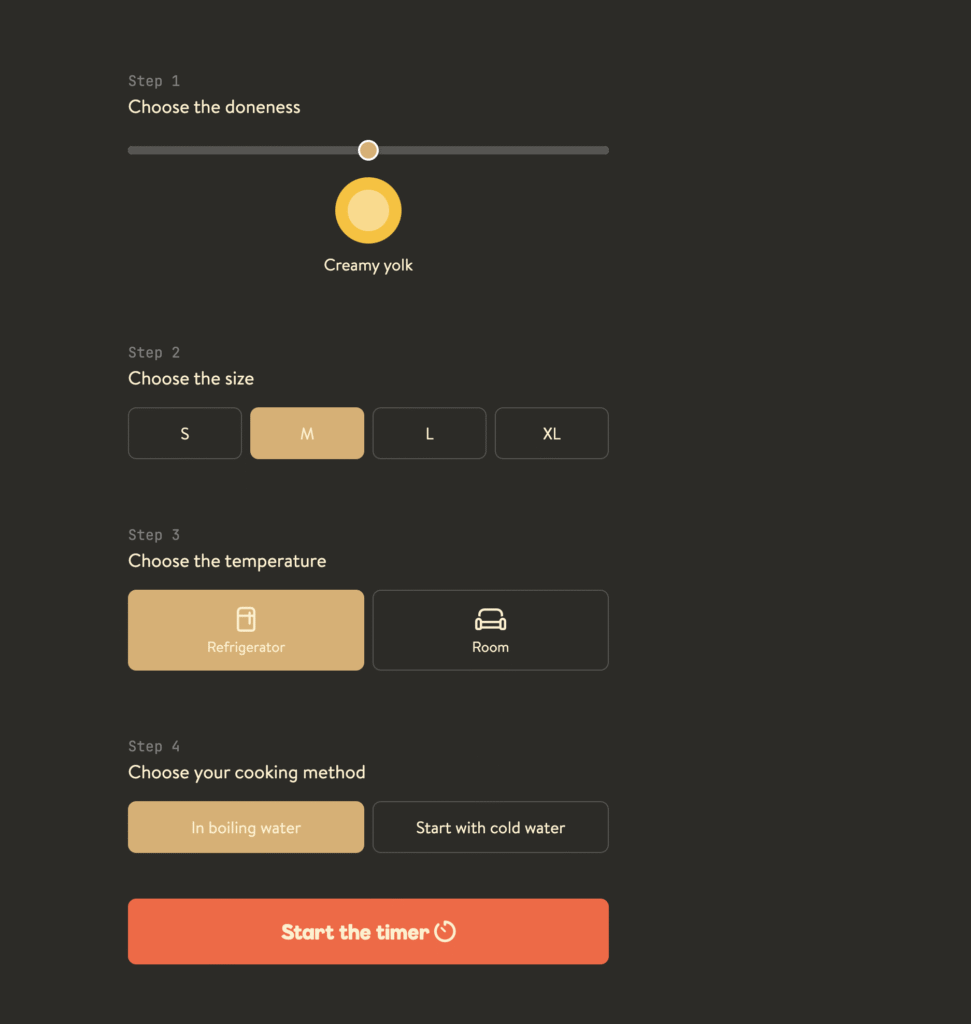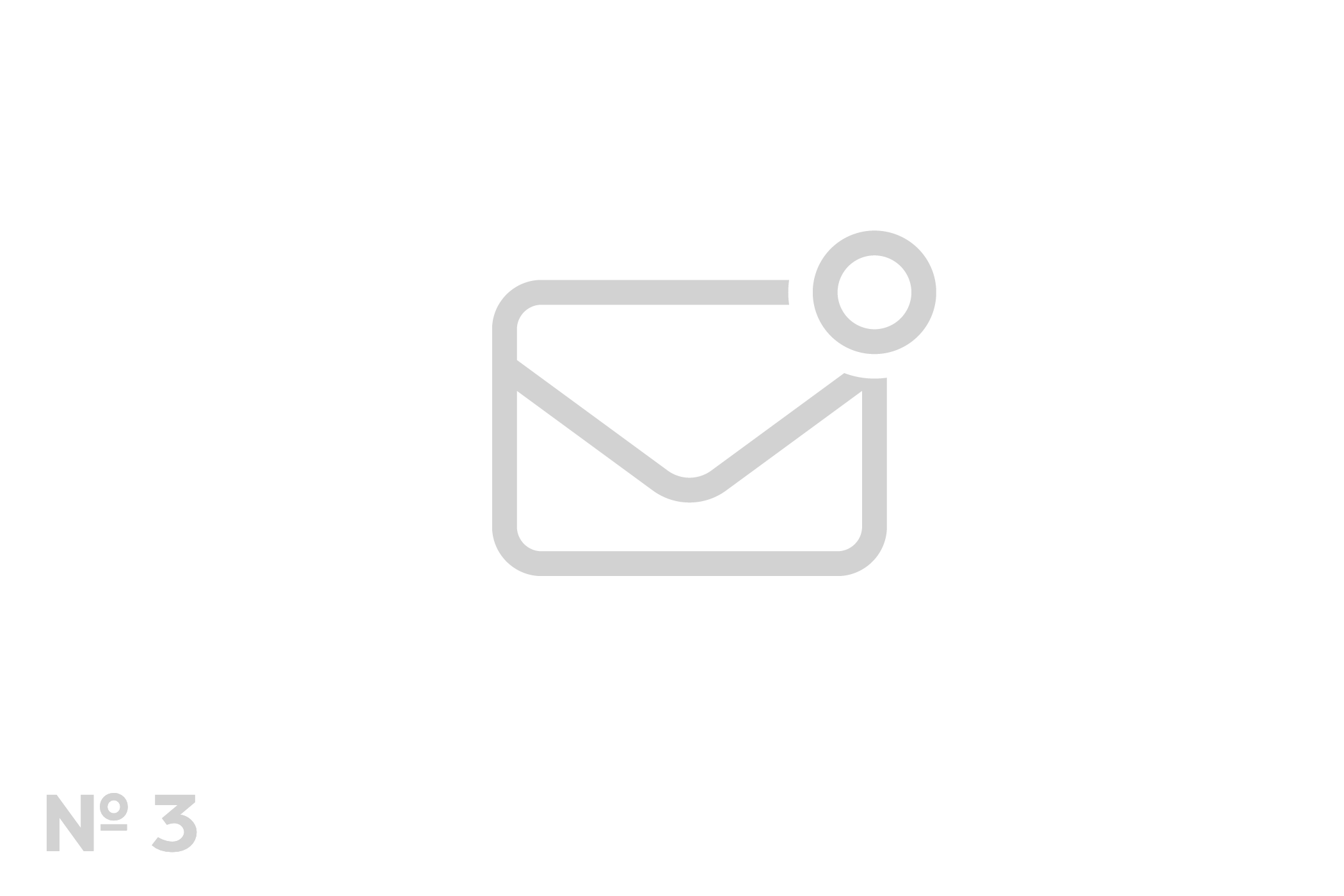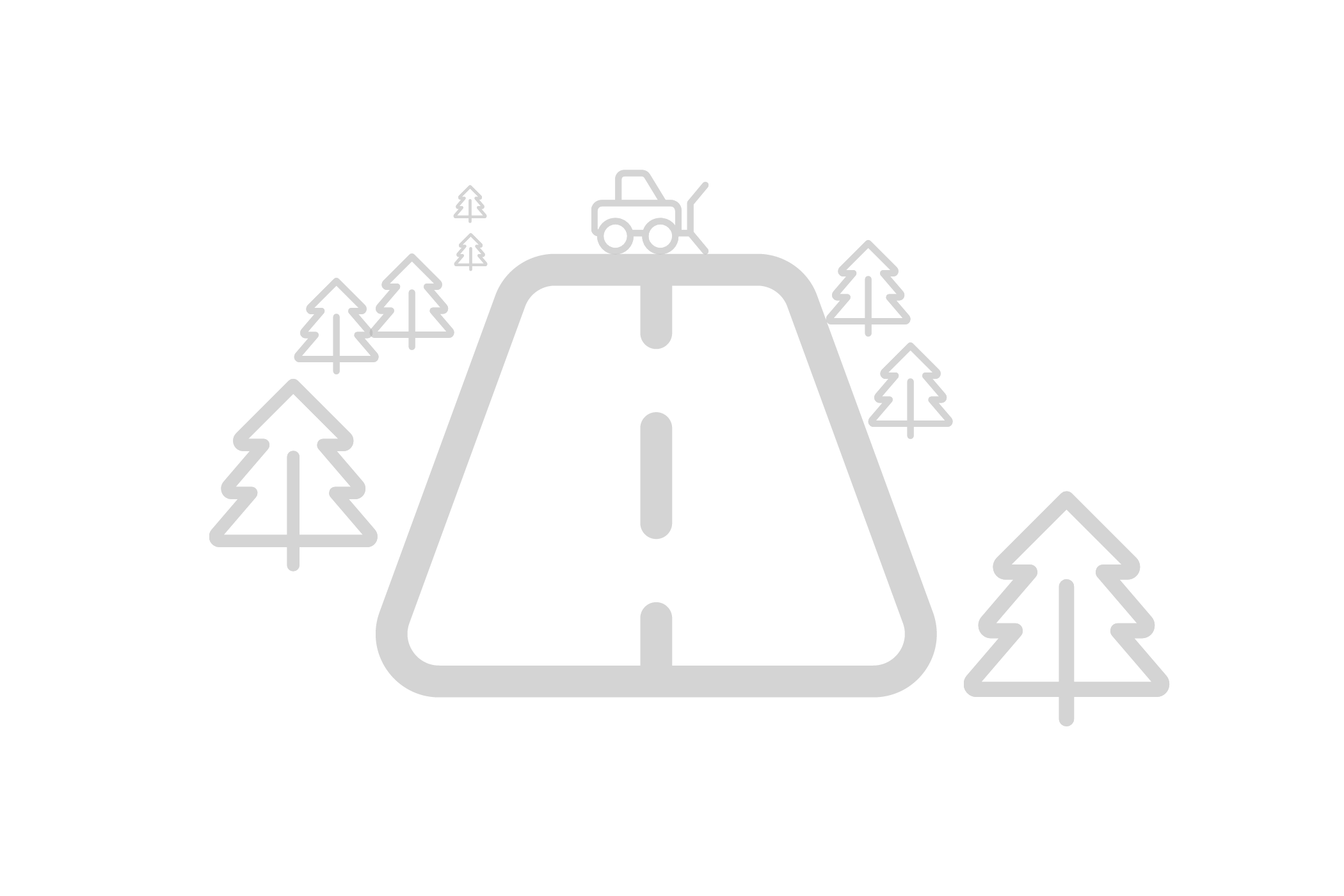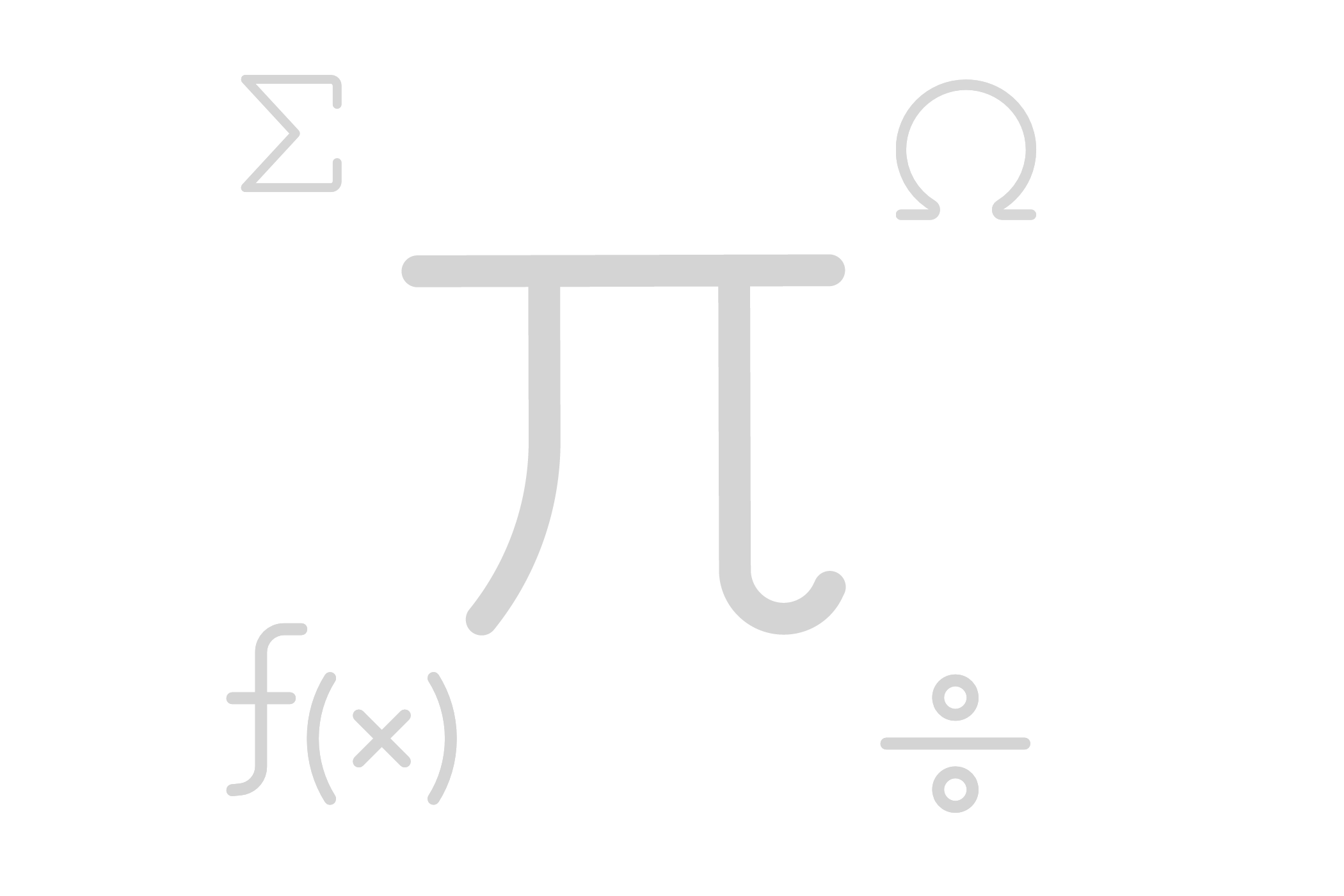The science behind a boiled egg
The truth is, cooking the perfect egg is less about guesswork and more about science. A few key factors, from the temperature of your fridge to the size of the egg, can dramatically influence the outcome. That’s why I started digging in some research about boiling an egg.
At its core, boiling an egg is a chemical reaction. The heat from the water changes the structure of the proteins in both the egg white and the yolk, a process called denaturation. As these proteins denature, they unfold and link together, transforming the liquid egg into a solid. This is called coagulation.
Interestingly, the white and the yolk set at different temperatures:
- The egg white begins to turn solid at around 62°C (144°F).
- The egg yolk starts to thicken and set at a higher temperature, around 68°C (155°F).
This temperature difference is the secret to achieving a perfectly set white while keeping the yolk exactly as runny (or firm) as you like.
The key factors for a perfect boil
Becoming a master of variables
To master the art of a perfect boiled egg, you need to become a master of variables. Here’s what to pay attention to:
Starting water temperature: Cold or Boiling?
I never realized it, but the starting water temperature is important. You have two main approaches: starting the eggs in cold water and bringing it to a boil, or carefully lowering them into already boiling water.
- Cold Water Start: This method cooks the egg more gently, reducing the risk of the shell cracking from thermal shock. You start timing once the water reaches a full boil.
- Boiling Water Start: Dropping eggs directly into boiling water gives you more precise control over the timing. However, it increases the risk of cracking. A gentle hand is needed!
The Egg’s initial temperature: Fridge vs. Room temperature
An egg straight from the refrigerator will need more time to cook than an egg that has been sitting at room temperature. The cold temperature means the heat has further to penetrate. As a rule of thumb, add about one minute to your cooking time for an egg coming directly from the fridge.
Egg size matters (S, M, L, XL)
It’s a simple matter of physics: a larger egg has more volume and will take longer for the heat to reach its center. Most standard recipes and timings are based on a medium (M) or large (L) egg. If you’re using a small (S) or extra-large (XL) egg, you’ll need to adjust your timing down or up by about a minute, respectively.
Your desired doneness
This is more of a personal preference, so it’s difficult to categorize it. The following timings are a good starting point for a large (L) egg placed into already boiling water:
- Soft-boiled (runny yolk, set white): 4-5 minutes
- Jammy / medium-boiled (custardy, partly set yolk): 6-7 minutes
- Hard-Boiled (fully set, firm yolk): 9-10 minutes
The Altitude Factor
If you live at a high altitude, this one’s for you. Due to lower air pressure, water boils at a temperature below 100°C (212°F). Because the water isn’t as hot, you’ll need to extend your cooking time to achieve the same level of doneness. 1This is not yet in the app, but it is something I want to include in a next version.
By keeping these factors in mind and doing a little experimenting, I noticed that I can move beyond guesswork and start producing perfectly boiled eggs, exactly how I like it. Every single time.
Creating an app
Remove the guesswork
With all this research, I thought it would be a nice experiment to make an app out of it. And so it started as a project that you can read more about on the Making an Egg Timer project page. I now have a kind of first beta version. My plans are to fine-tune it with extra options and make the app better and better. If you have any tips or ideas, I would of course like to hear them!




Share this article